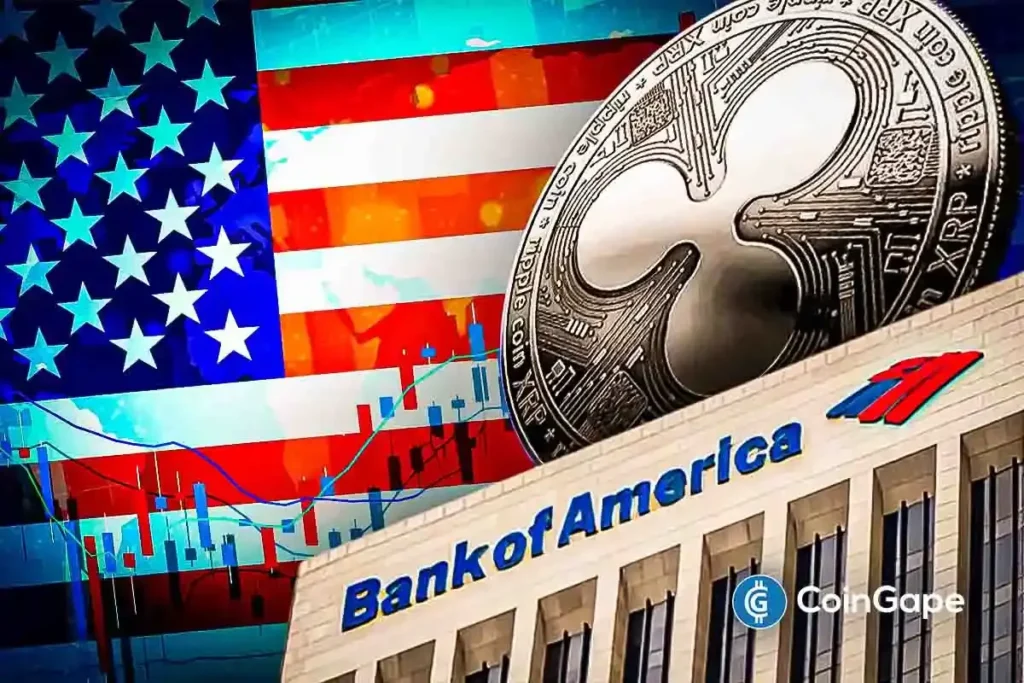The Future of Stablecoins: Ripple’s RLUSD and Bank of America’s Plans
Introduction to Ripple’s RLUSD and Bank of America’s Interest
Ripple’s crypto asset, RLUSD, is emerging as a significant player in the stablecoin market, particularly as Bank of America (BoA) contemplates its own entry into this sector. As U.S. banks increasingly focus on stablecoins, BoA has publicly acknowledged its interest in creating a stablecoin pegged to the U.S. dollar. This interest aligns with a broader industry trend emphasizing compliance and regulatory alignment, both of which Ripple’s RLUSD excels at.
Bank of America’s Exploration of Stablecoins
Recently, Bank of America CEO Brian Moynihan indicated that extensive research into the stablecoin market is underway, but the bank awaits clearer regulatory guidance before proceeding. The proposed BoA stablecoin would be secured by U.S. cash and short-term Treasury securities. While Moynihan has not dismissed the idea of developing a proprietary solution, many industry experts point to RLUSD as the most viable option. The crypto investment landscape supports the notion that RLUSD’s existing regulatory framework and infrastructure give it a robust foundation in the U.S. market.
RLUSD: A Compliance-First Approach
RLUSD’s origins trace back to New York and it operates under the strict regulatory oversight of the New York Department of Financial Services (NYDFS), ensuring adherence to compliance requirements. This is crucial for any financial institution, like Bank of America, that may select RLUSD as part of its stablecoin strategy. Moreover, RLUSD’s partnership with BNY Mellon highlights its institutional-grade custody capabilities, making it appealing for a banking giant. More than just a liquidity solution, RLUSD supports multi-chain usability on the XRP Ledger and Ethereum, increasing its accessibility and market demand.
The Synergistic Relationship Between Ripple and Bank of America
There is a rich history of collaboration between Ripple and Bank of America, dating back to 2019. BoA has been exploring Ripple’s distributed ledger technology for various applications, including interbank settlements. This relationship fosters trust and compatibility between the two entities. With Bank of America having over 80 blockchain-related patents, the groundwork for utilizing stablecoins like RLUSD is firmly established from a technical and regulatory standpoint. If U.S. central banks opt for a vested interest in shared stablecoin infrastructure, the strong regulatory compliance offered by RLUSD makes it a promising candidate.
Broader Market Context and Competition
Bank of America is not alone in its pursuit of stablecoin solutions. Other major banking institutions, such as JPMorgan, are making steady strides into this territory. JPMorgan’s recent announcements regarding expansions to its stablecoin offerings signify that competition is heating up. Citigroup is also contemplating the launch of a Citi-branded stablecoin and is exploring crypto custody services. The introduction of the GENIUS Act established a national legal framework for stablecoins ahead of Moynihan’s commentary, indicating the urgency for banks to adapt to a changing regulatory landscape.
Conclusion: The Road Ahead for Stablecoins and RLUSD
As Bank of America prepares to launch its stablecoin, RLUSD stands out as a strong contender due to its efficiency, compliance, and established market presence. Already integrated into Ripple’s broad-reaching payment ecosystem, which includes partnerships with major financial players like American Express and Banco Santander, RLUSD’s expansion seems inevitable. For investors and consumers alike, stablecoins like RLUSD represent the future of finance — merging traditional banking principles with innovative blockchain technology. As regulatory landscapes evolve, RLUSD could very well become a cornerstone in the stablecoin market, ultimately reshaping how transactions are conducted in an increasingly digital world.
In conclusion, while Bank of America’s exploration into stablecoins is undisputedly significant, it’s Ripple’s RLUSD that may very well lead the charge in redefining financial transactions in the future.


